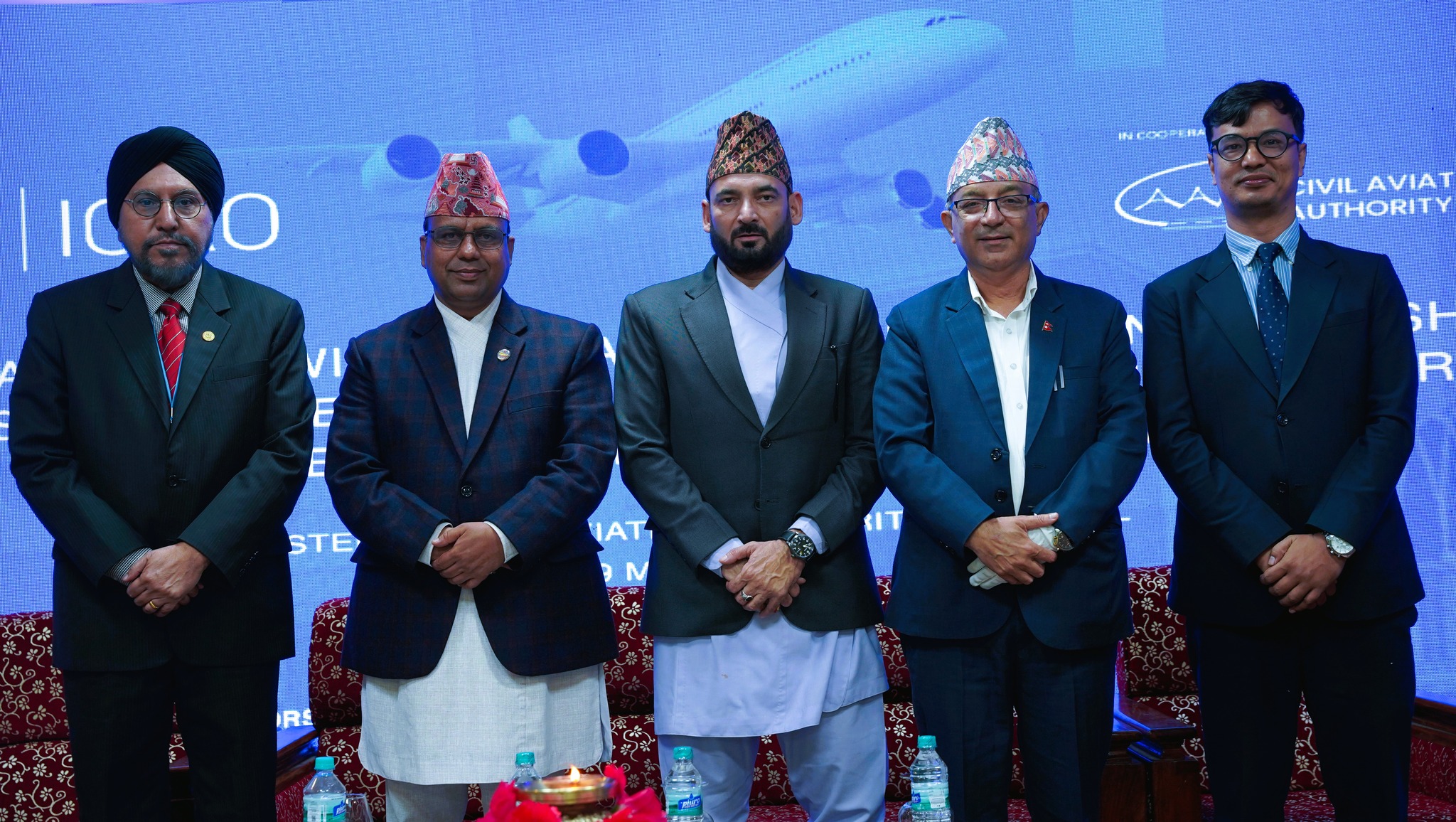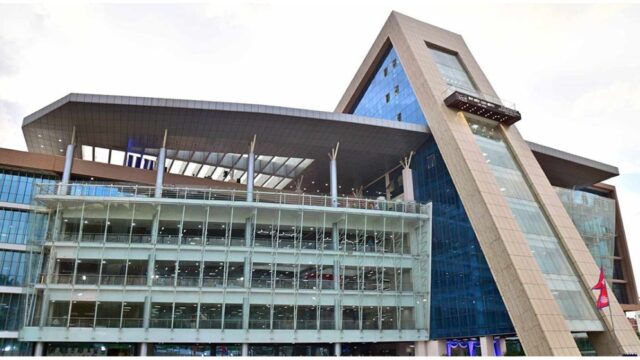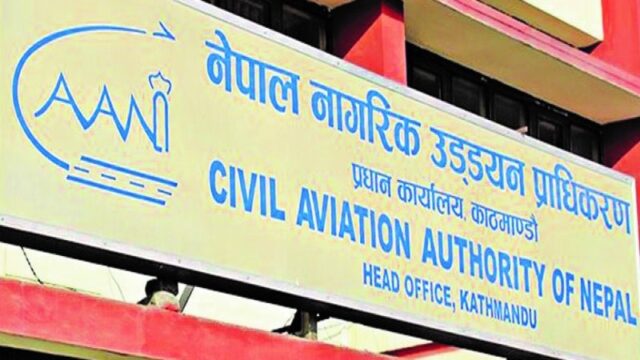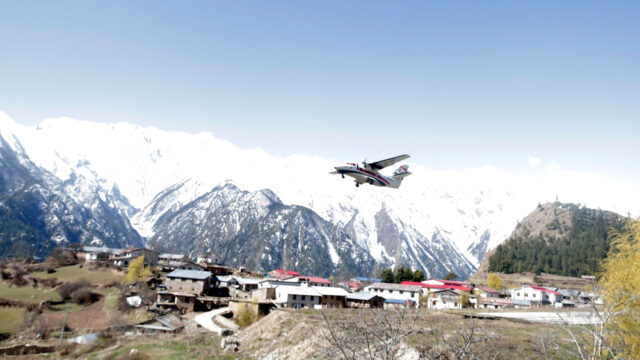Pokhara, known as Nepal’s tourism capital, has recently become the focal point for a significant regional event as aviation and civil aviation experts from across the Asia-Pacific region gathered to address pressing concerns in the aviation sector. The occasion is the seventh meeting of the Wildlife Hazard Management Working Group, operating under the International Civil Aviation Organization (ICAO). The conference, which is being held in Pokhara, commenced on Baisakh 25 and will continue until Baisakh 27.
The working group meeting, which also includes a specialized workshop, aims to discuss the increasing risks posed by wildlife to the aeronautics sector in the Asia-Pacific region. Aviation professionals and experts are deliberating on the current situation of wildlife-related hazards in aviation, strategies for their mitigation, and the development of comprehensive safety measures to enhance air travel safety across the region.
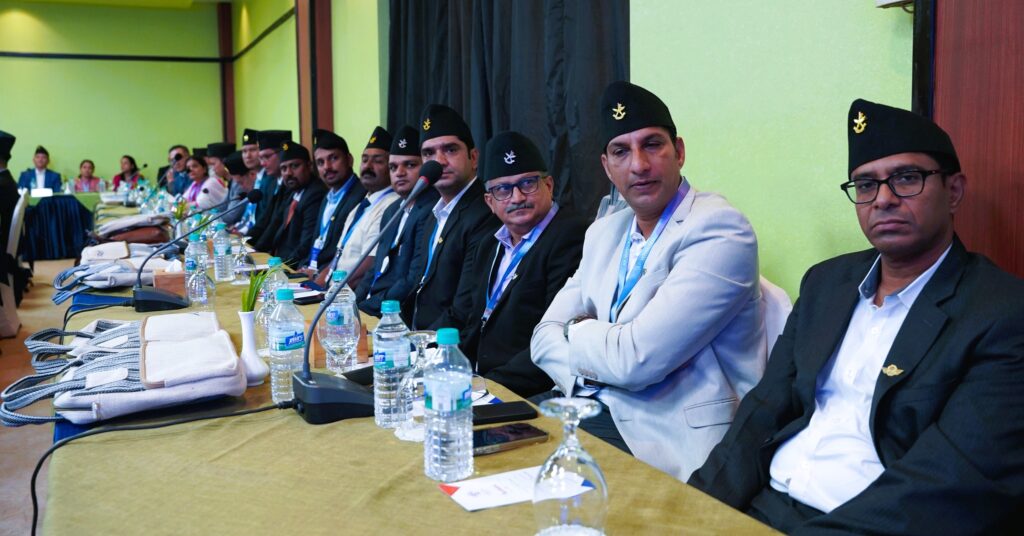
During the inaugural session, Nepal’s Minister for Culture, Tourism, and Civil Aviation, Badri Pandey, emphasized the importance of identifying and addressing existing risks to ensure safe air travel. He reiterated the Government of Nepal’s commitment to developing technology-friendly, well-equipped, and secure aviation infrastructure that facilitates the safe and efficient movement of passengers to their destinations. “Our primary goal is to ensure that passengers reach their destinations safely. For that, we need to prioritize hazard management and build secure infrastructures,” Minister Pandey stated.
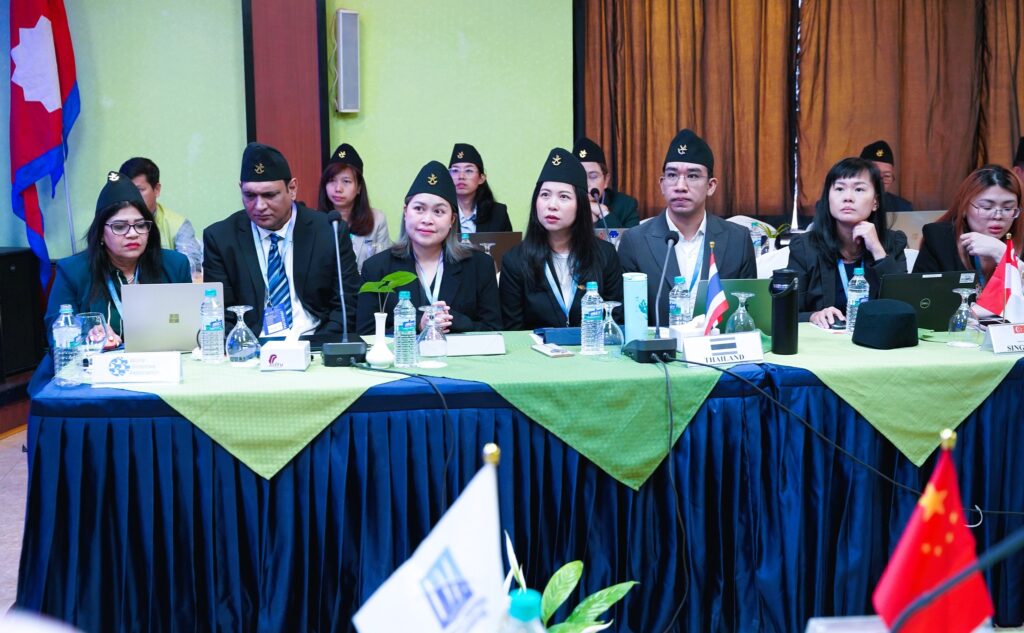
Pokhara Metropolitan City Mayor, Dhanraj Acharya, also addressed the gathering and highlighted the local government’s awareness of aeronautics sensitivities. He shared a crucial initiative taken before the operation of Pokhara International Airport the relocation of a nearby landfill site, which posed a significant risk to aviation. “Relocating the landfill was not easy, but it was necessary. Despite various challenges, we managed it promptly. Within a month, we moved the landfill to a safer distance, showing how important local government’s role is in aviation safety,” Mayor Acharya explained.
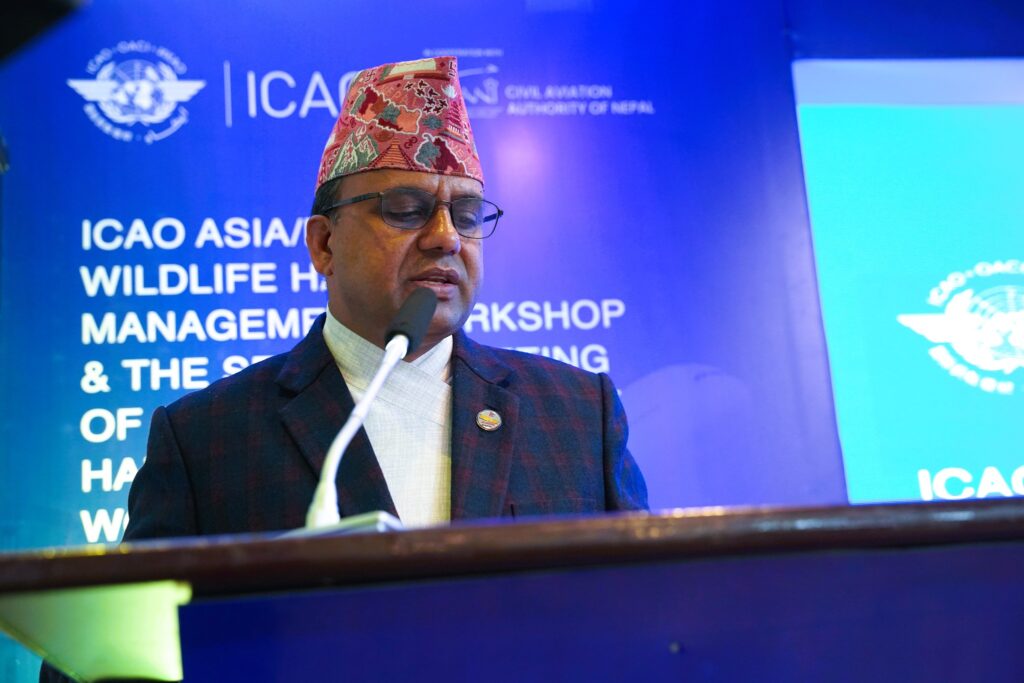
He further added that effective local governance, strong policy frameworks, and regional cooperation are crucial to ensuring aeronautics safety. “Good policy, strong local leadership, and regional collaboration are the foundations of safer skies,” he emphasized. The Mayor underlined that as a landlocked country, reliable air connectivity is essential and must be treated as a fundamental right for citizens. “We aim to connect Pokhara to the global network through air services, and this meeting should also explore the possibilities of linking Pokhara International Airport with other Asia-Pacific countries,” he added.
Civil Aviation Authority of Nepal (CAAN) Director General Pradeep Adhikari and ICAO Asia-Pacific Deputy Regional Director Manjit Singh were among the prominent figures attending the event. Both officials stressed the importance of making air services accessible to all while focusing on addressing existing aeronautics hazards. Director General Adhikari highlighted that Nepal is actively working with international standards to enhance its aviation safety systems, including wildlife risk management, which has become a rising concern across many airports globally.
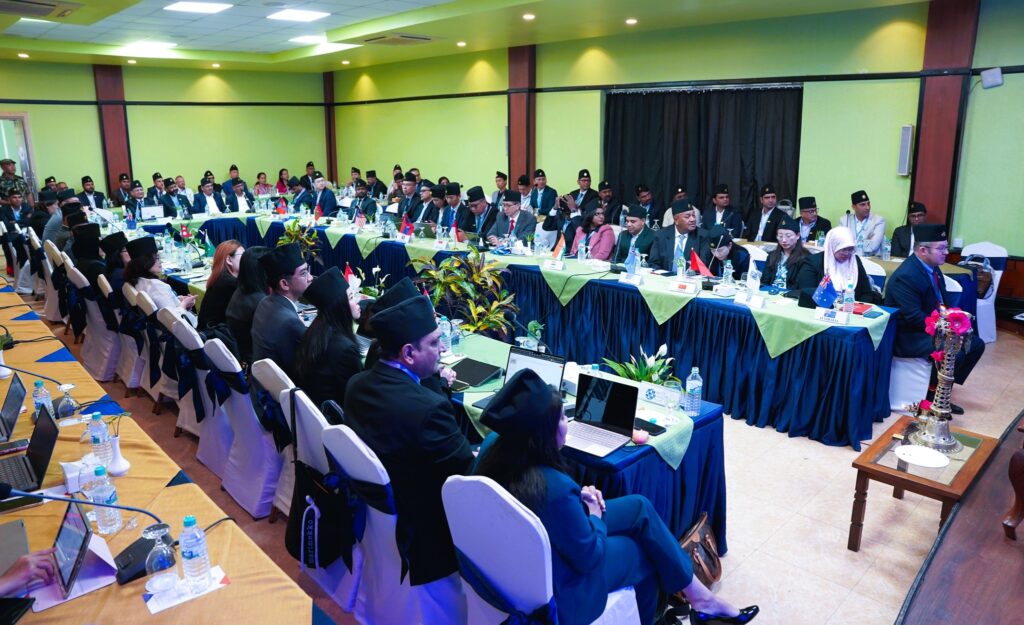
Wildlife hazards such as bird strikes have become increasingly common and dangerous in many parts of the Asia-Pacific region. As air traffic continues to grow, so does the need to address such threats with systematic and scientific solutions. The working group meeting aims to assess existing safety protocols, share best practices, and introduce new innovations that can be adapted by regional airports to prevent accidents caused by wildlife intrusions.
The event has brought together a diverse group of participants, including aviation safety experts, government officials, environmental scientists, airport managers, and ICAO representatives. Their collective goal is to strengthen cooperation and formulate unified strategies to manage wildlife hazards that threaten aviation safety.
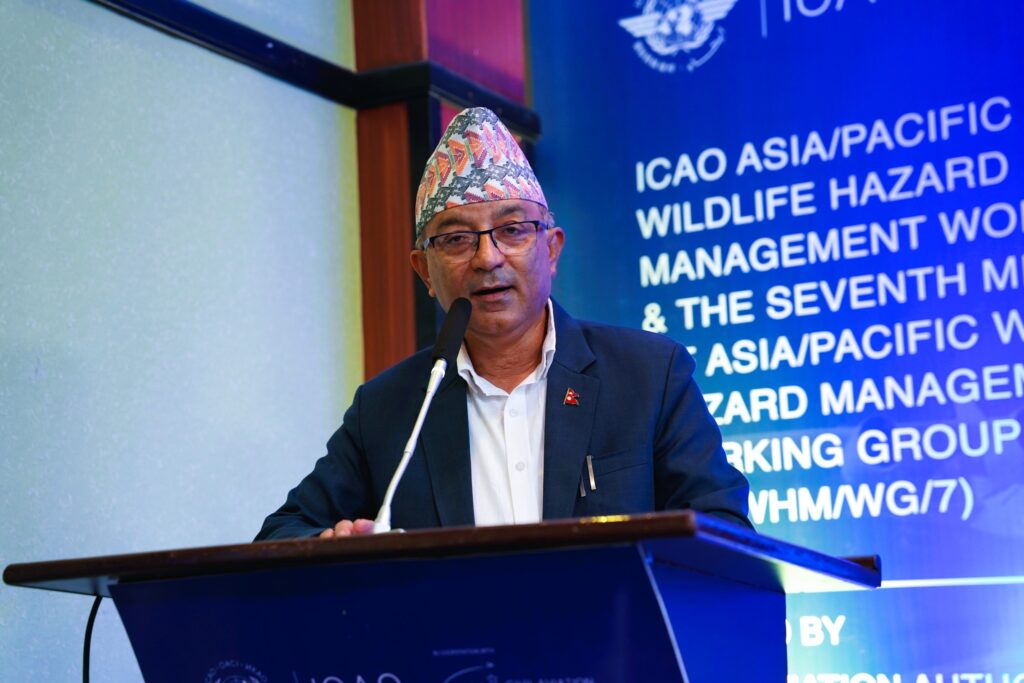
One of the significant aspects discussed during the sessions is the role of technology and community engagement in mitigating wildlife risks. The use of radar systems to detect bird activity, habitat modification around airports, and community awareness programs are among the strategies being promoted. Moreover, the emphasis on building resilient and environment-sensitive infrastructure reflects a broader approach to sustainable aviation development.
As the event continues, participants are expected to draft action plans that align with ICAO’s global standards while also addressing region-specific challenges. Discussions are also oriented toward capacity building for local and national stakeholders, emphasizing the need for regular training and the development of specialized response teams at airports.
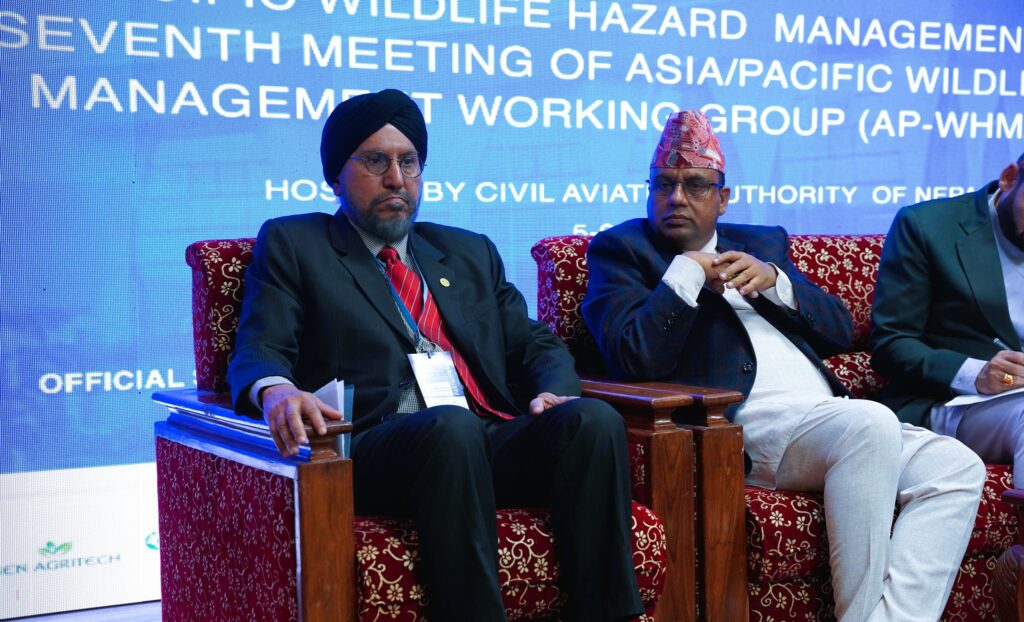
The selection of Pokhara as the host city for such a high-level aviation safety meeting is symbolic. It not only underscores Nepal’s rising prominence in the aviation and tourism sectors but also highlights Pokhara International Airport’s potential as a future regional hub. Local leaders hope that such international events will boost confidence in Nepal’s aviation sector and attract more global cooperation.
In conclusion, the seventh meeting of the Wildlife Hazard Management Working Group under ICAO is a significant step toward making skies safer in the Asia-Pacific region. With collaborative discussions, shared expertise, and strong governmental support, the event marks an important milestone in regional aviation safety efforts. As Pokhara welcomes delegates and experts from across the continent, the city continues to position itself not just as a tourist destination, but also as a center for aviation dialogue and innovation.
